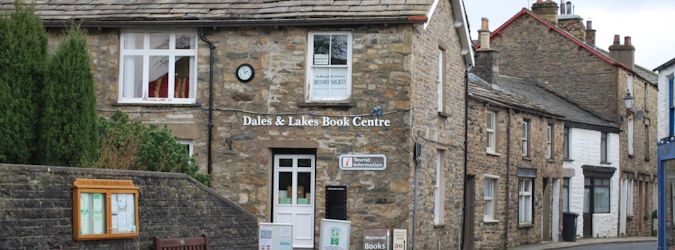Sedbergh & Dent

 The attractive old market town of Sedbergh, with its old world atmosphere, is not only set in the magnificent western dales of the Yorkshire Dales National Park, but is also close to the rugged eastern fells of the Lake District. It has developed at the confluence of four rivers, where ancient trade routes merged. The attractive old market town of Sedbergh, with its old world atmosphere, is not only set in the magnificent western dales of the Yorkshire Dales National Park, but is also close to the rugged eastern fells of the Lake District. It has developed at the confluence of four rivers, where ancient trade routes merged.
The town is dwarfed by the mighty Howgills, some of Alfred Wanwright's favourite fells. An historic town, Sedbergh has been a thriving community for hundreds of years, with a market dating from the 13th Century. The town was a staging point for commercial routes across the Pennines. Dating from Saxon times, Sedbergh still shows clear evidence of the influence of the subsequent Saxons, Vikings and Normans. The town is full of character from its cobbled streets to its historic houses, some of which show the hallmarks of the old knitting and woollen trades which made the area such a thriving community.
Sedbergh is famous for its public school, set in magnificent parkland on the edge of the town. There is a fine Norman church, St Andrews Church, and overlooking the town is the site of Catlehaw, an ancient motte and bailey castle built to repel the Scottish hordes. George Fox, founder of the Quakers, preached both in the churchyard of St Andrew's, and in the nearby Brigflats Meeting Place, which dates from 1675.
An interesting place for all the family to visit is Holme Farm, an open dales working farm with many rare breeds of animals. The Carlisle to Settle Railway runs through Dentdale and Garsdale, nearby.
After the 2001 Foot and Mouth Disease outbreak, the Sedbergh booktown project was started in order to encourage an increase in the number of visitors. The company, Sedbergh Book Town, was set up in 2003 to develop a community of businesses involved in selling, writing, publishing and designing books and other publications.

|